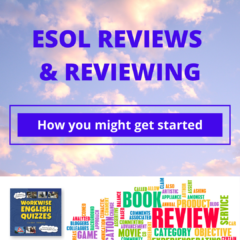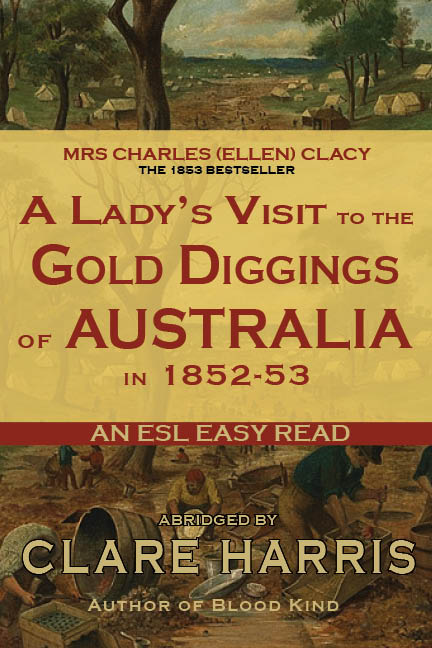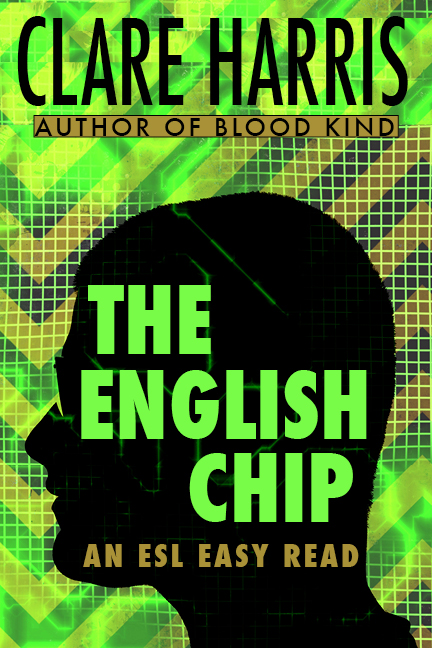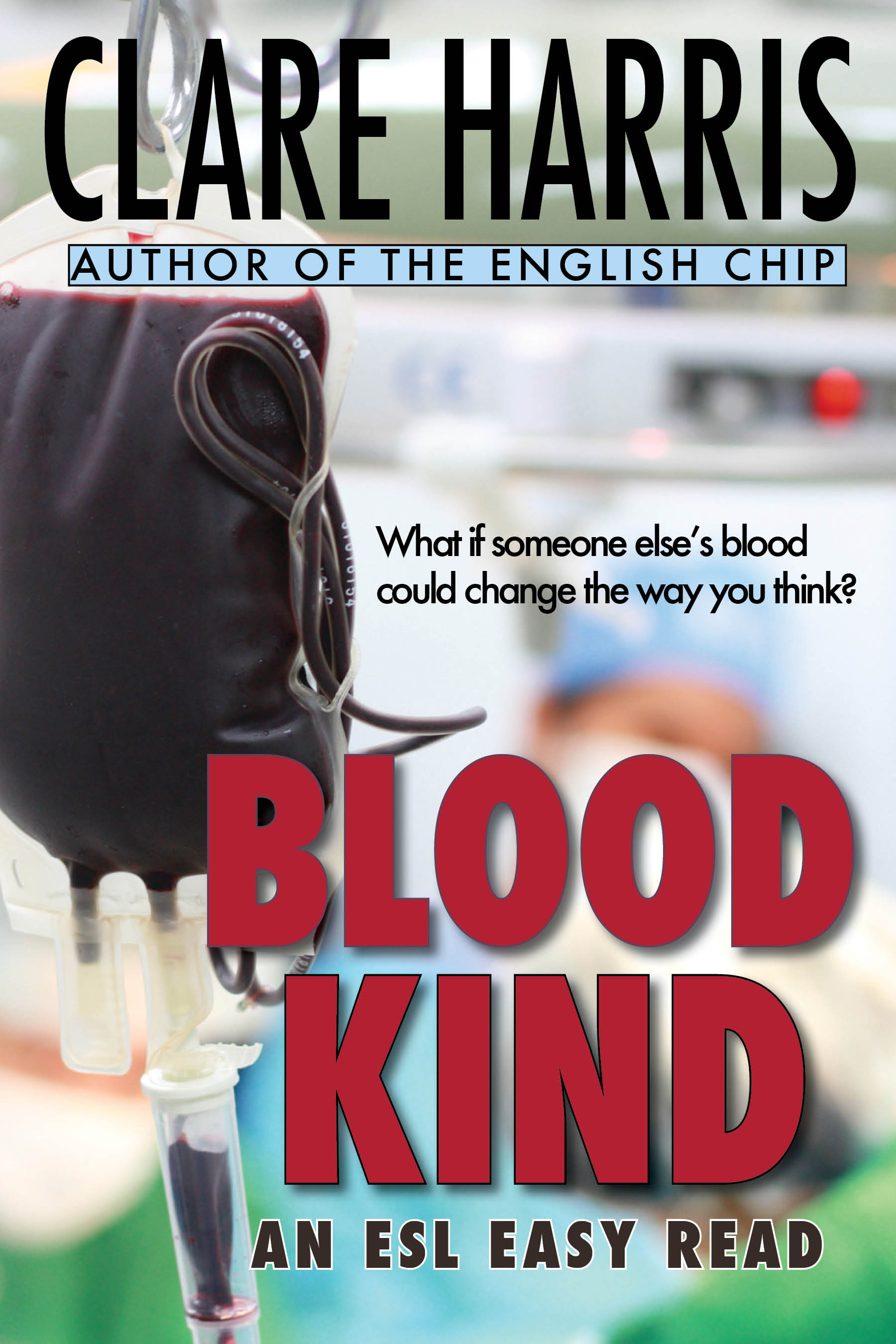I just received a thoughtful and lovely review of Workwise English Quizzes from TESOLANZ. (That’s the Association of Teachers of ESOL in Aotearoa New Zealand.) You can see it here, but then keep reading, because this post is not just about the thrill of a nice review:

At the end of the reviews section, I noticed a small banner: “We are very keen to add to our pool of wonderful book reviewers. If you are interested, contact Katherine.Quigley(at)vuw.ac.nz”
Now that’s New Zealand, and I think many people reading this will be in Australia, but I do want to both give a shout-out to reviewers (thanks, Nicky Riddiford!) –– and encourage anyone else who’s thinking, ‘I could do that!’
Reviewing does involve effort – thinking how best to trial a resource, and how best to report on it, giving valuable information but also being honest, conforming to the journal requirements, getting it in on time…yes, it’s work!
It also offers some real bonuses (not just the possibility of a free copy of a new resource). There’s the stimulation of trialling something new, the insights into what does and doesn’t work (to apply to your own writing, perhaps). You could also ask learners to contribute and make it an exercise for them, as a mini-lesson on ‘how to write a review’.
However, the big bonus for many people is getting your name in a journal, which is a nice ‘foot in the door’ if you’re not already published, or a great addition to your CV list of publications if you are. So often, articles on ‘How to become an ELT resources writer’ suggest writing reviews as one of the first steps towards getting published; for example, these tips from Atena Juszko, or these thoughts by ‘developing teacher’ Pete at ELT Planning.
So how does it work? In many cases, you send in your name, and say what you’re teaching, then get put on their list. If your interests are a good match, you may be sent a (free) book to trial and review.
In other cases, you find a book yourself, and contact the journal to ask if you could review it for them. There’s a very helpful article here from Sandra Pitronaci at English Australia, on becoming a reviewer for the English Australia Journal. TESOL in Context (ACTA) also has guidelines, but I’d be contacting them to ask or suggest a resource.
Of course you could be looking closer to home, with your local TESOL organisation, or farther afield. OUP has guidelines for their ELT Journal which specify no unsolicited reviews and ask you to contact the Reviews Editor, TESL EJ (Electronic Journal) wants you to choose the book, then contact them, while The Asian EFL Journal will look at unsolicited as well as solicited book reviews.
One warning: not all reviews get published! This book review editor works in a non-ELT field, but I think their perspective (on what can go wrong) is a useful one.
I asked Dr Katherine Quigley, the Book Reviews Editor for TESOLANZ, for her thoughts on what she’s looking for in a review. This was her reply: “Critical thinking is essential to a good review. This doesn’t necessarily mean criticising the resource – you might think that it is wonderful in every way – but it does mean thinking deeply about its strengths, and any weaknesses. A good review should also assess the book’s suitability for its target audience, and recommend which level of learners it would be most appropriate for.”
Let me know if you follow this up (and get published), or if you’ve seen other guidelines that could be useful – and I’ll update this post. If you’d like to trial and review something I’ve written, but don’t have a copy, propose it to a journal and tell them they can contact me (or let me know yourself once you have their go-ahead). You can find me here: info(at)thebooknextdoor.com








